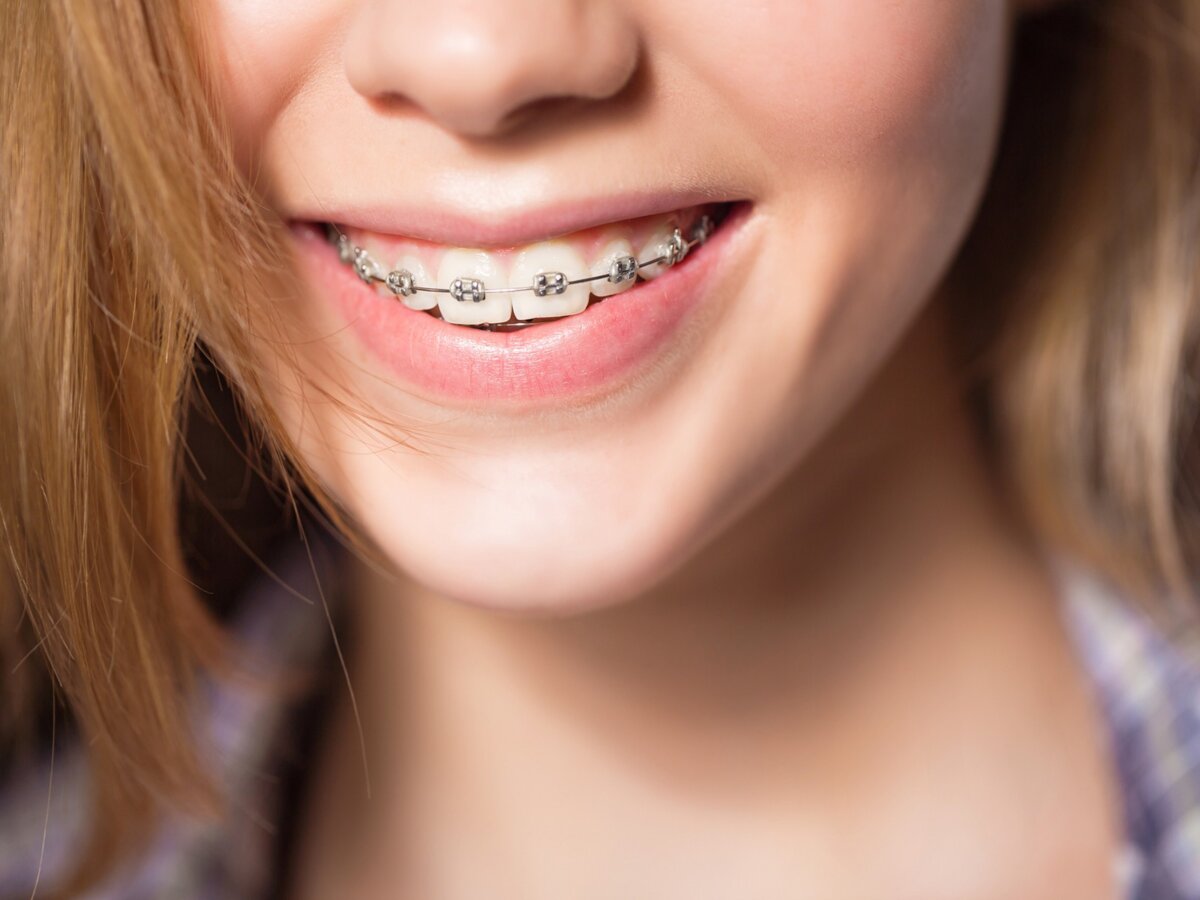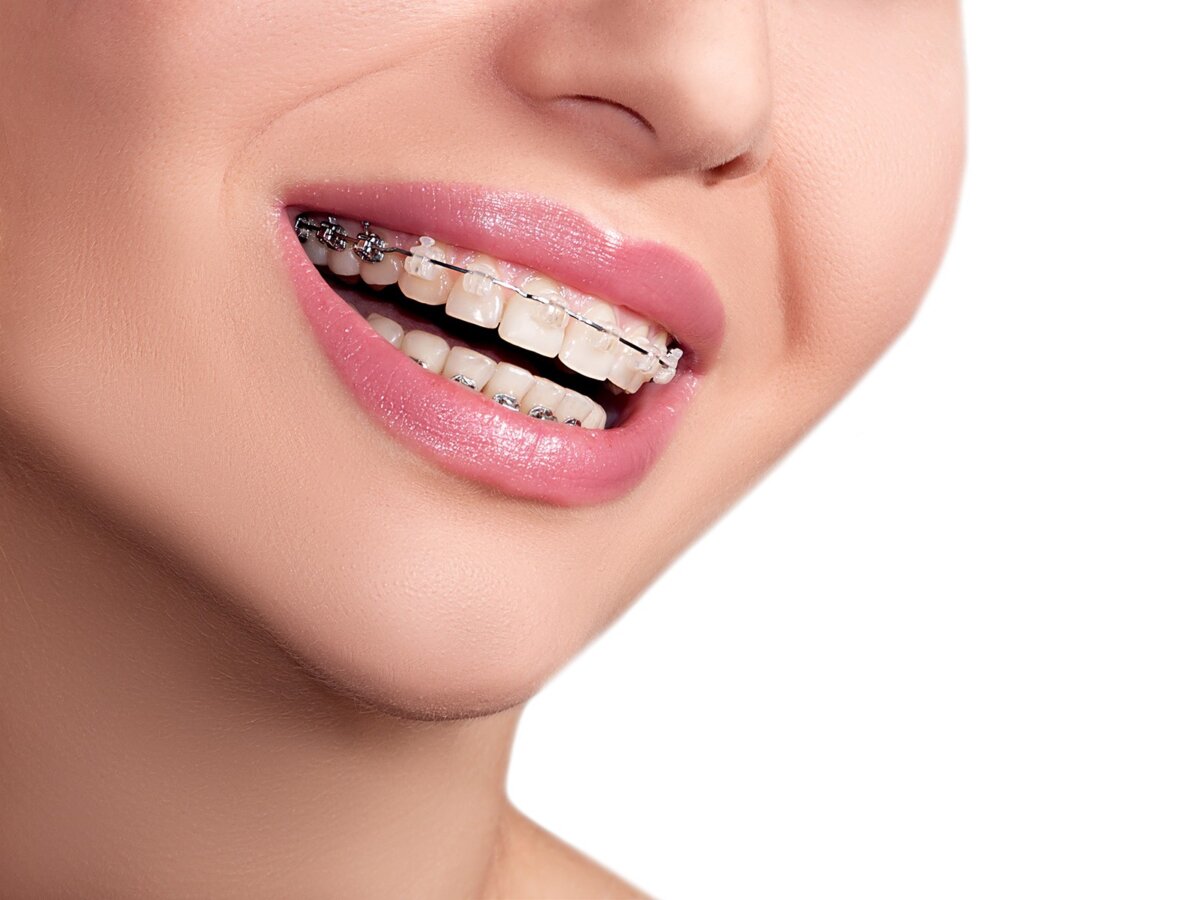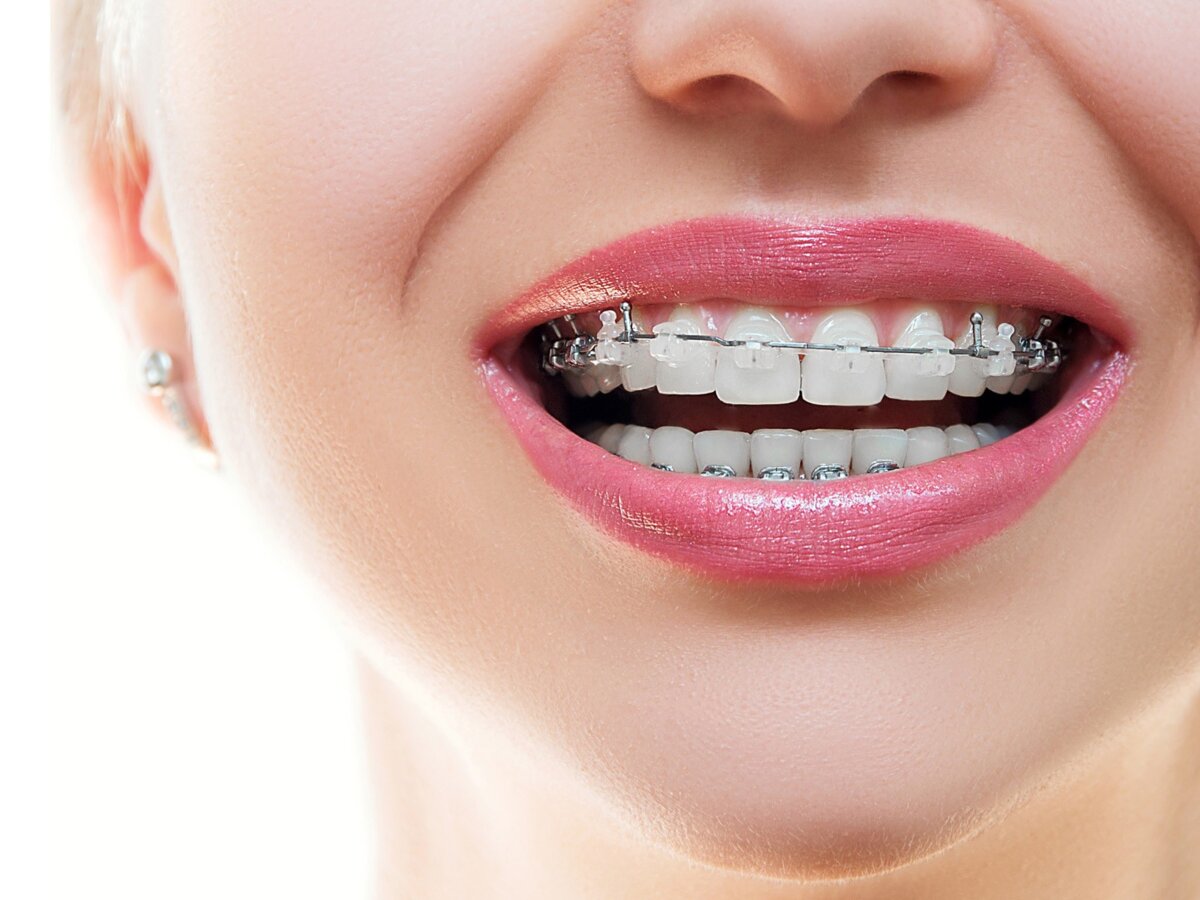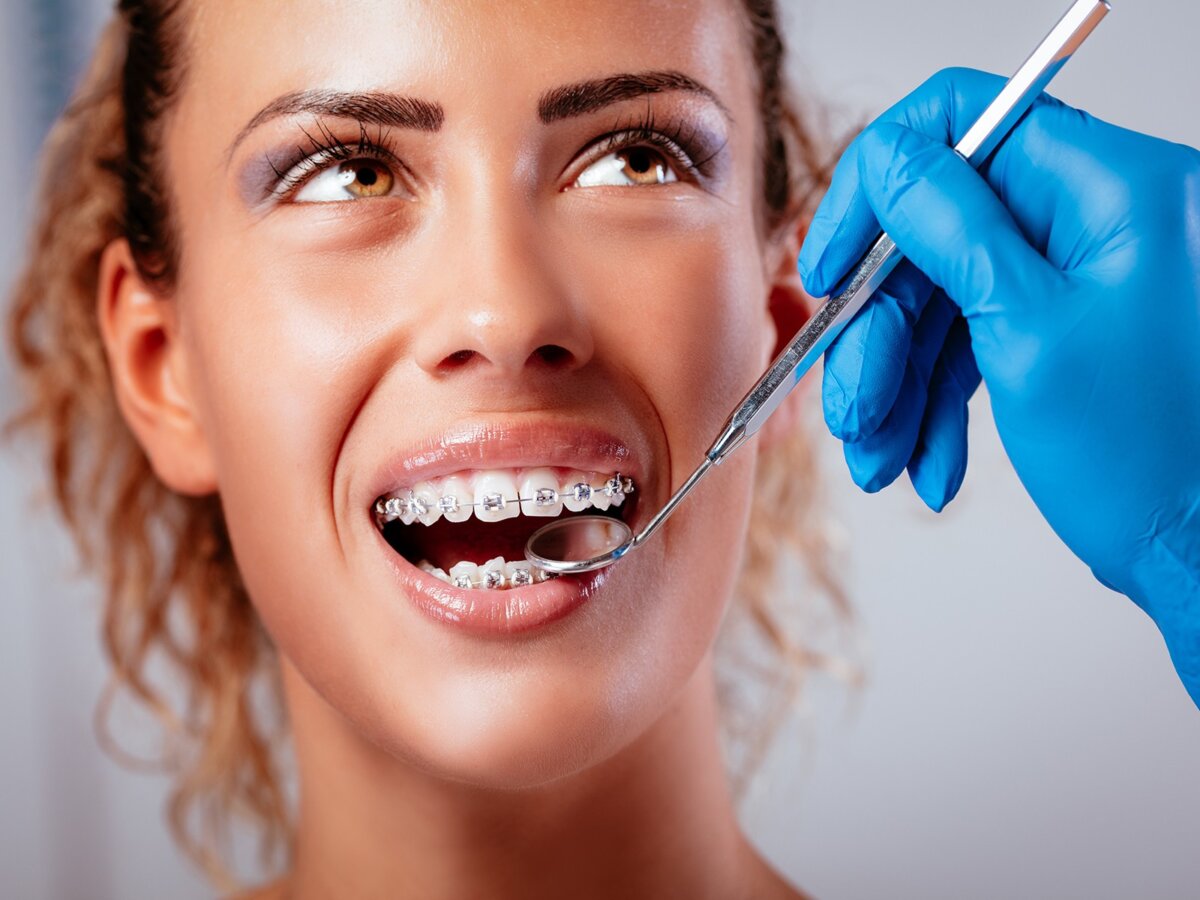Every orthodontic patient wonders about this question within the first two weeks of fitting the appliance, “if my braces do not hurt, are they still working?” To answer in short, if your teeth are hurting a little or there is some amount of discomfort, then for sure the braces are doing their work. Though this discomfort soon disappears in a matter of a few days after each readjustment (or tray change in case of Invisalign.) Also, if you feel your teeth are shifting, it is a sign of your braces working.
That being said, every person will have a different experience with their braces. Let us see what to expect in general when you get your braces fitted.
Experience of Wearing Braces
In the first few hours of putting the braces on, the patient might not feel any discomfort or pain right away. Though after a few hours, the gentle pressure of braces on teeth will start its effect.
- Braces put pressure on teeth to slightly pull them into the right alignment which can create discomfort or pain. This pain could last a few days or close to a week.
- You might have sore gums and also scrapes on the inside of the cheek if you are wearing metal braces. The metal braces rub against your cheek.
- If you use your tongue to feel your braces, you might also get cuts on your tongue.
- While eating food, it’s quite common for your teeth to feel sore after putting on braces.
Braces No Longer Hurting – Have They Stopped Working?
As the body adjusts, a person might not notice the braces too much. When the braces shift the alignment of teeth and jaw; the pain persists for just a few days. But once the discomfort is gone, it does not mean the braces are no longer working.
- During every visit, the dentist would change wires and tighten springs. This would cause a new shift and discomfort but once your teeth are in their new position, the discomfort stops.
- In the next adjustment, the same process is repeated, which will cause the discomfort to come back for a few days. For Invisalign, this happens for every tray change.
- With the advancement in technology and flexible wires, the pain and discomfort are much less than in the olden days.
After getting braces, tightening typically occurs once per month. But you might not get bruises on your tongue or cheeks after every tightening since you have already adjusted to having braces in your mouth.
Schedule your appointment with a dentist today and get the treatment on time!







